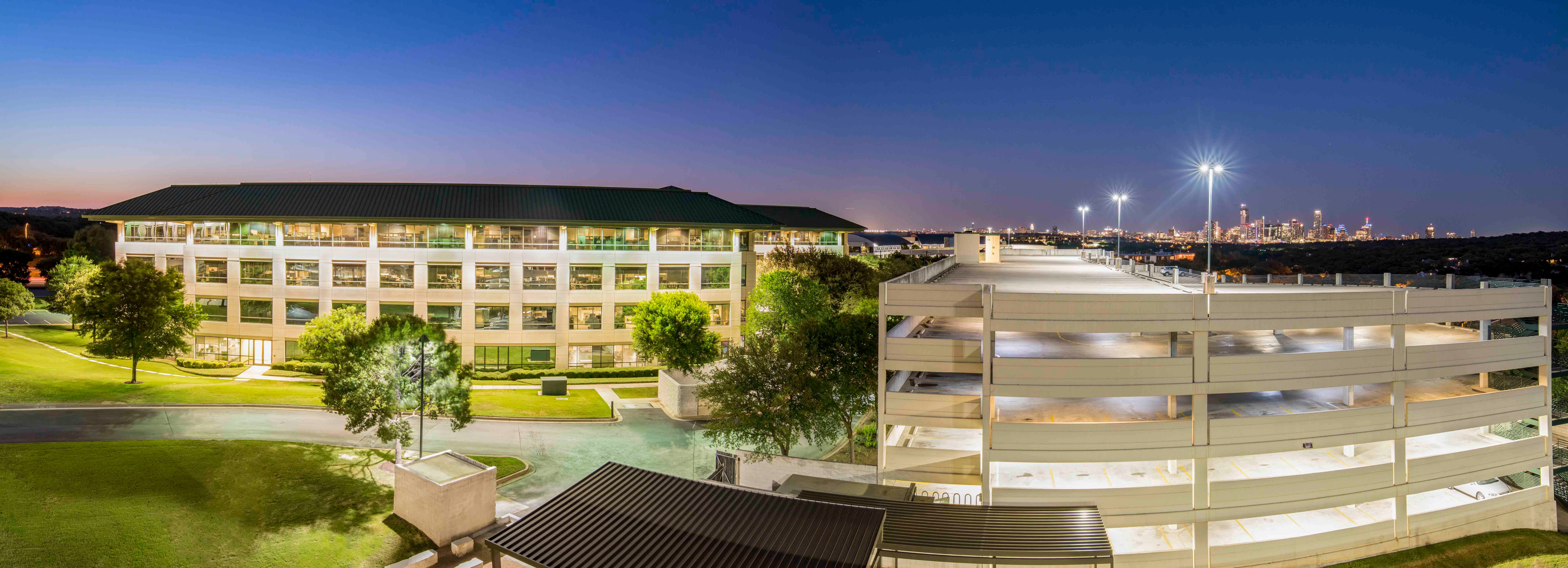 Delk says zoning is friendly to the micro-unit concept in most parts of the Austin urban core.
Delk says zoning is friendly to the micro-unit concept in most parts of the Austin urban core.
AUSTIN, TX—Micro-units have been a staple in highly condensed cities such as San Francisco or New York where land is at a premium, but investors and developers are now adopting these small units in secondary cities such as Austin, Denver and Portland. Transwestern Development currently has two micro-unit projects in Austin. In this exclusive, Josh Delk, vice president at Transwestern Development Co., recently shared insights into the appeal of micro-units in Austin, growth rate and development pipeline.
GlobeSt.com: Is Austin appealing for micro-units due to zoning?
Delk: Many markets have minimum size limits. Austin's zoning is friendly to the micro-unit concept and allows for the development of micro-units in most parts of the urban core and periphery. Instead of managing the density on a site by controlling the allowable units per acre, it utilizes floor area ratio as its means of restricting density, which allows for micro-unit development.
GlobeSt.com: Micro-units are expected to have rents climbing 40% to 50% faster than market-rate studios. Is that the case in Austin?
Delk: We have seen tremendous rent growth at Indie Apartments, the first micro-housing project Transwestern Development has developed in Austin. I believe it is a trend that will continue in the short term, as alternatives are not currently available and there is a supply constraint for more flexible housing options. I anticipate that as the supply of micro-housing continues to deliver over time, we will move toward equilibrium and rent growth will slow.
GlobeSt.com: Of the efficiency units in the development pipeline, how many units are part of traditional apartment developments that include standard studio, one- and two-bedroom units?
Delk: With the exception of our two upcoming micro-housing projects in Austin, I am only aware of one other project that is being built exclusively as a micro-housing project. It is becoming more common to see units of 400 square feet or smaller within a traditional multifamily unit mix, but our micro-units are more than just smaller spaces. They have been designed three-dimensionally with the intent to make space more efficient and convenient. I believe our 350-square-foot unit is a better unit than many 500-square-foot studio units simply based on considerate design and the furniture package that we provide, particularly the custom Italian murphy beds that we include in all of our studio units.
GlobeSt.com: How do micro units allow workers the ability to shorten commutes and have affordable living?
Delk: Micro-units allow an individual the opportunity to live either independently or with a roommate at a price point that otherwise doesn't exist for the location and level of quality that is being provided.
© Touchpoint Markets, All Rights Reserved. Request academic re-use from www.copyright.com. All other uses, submit a request to [email protected]. For more inforrmation visit Asset & Logo Licensing.







